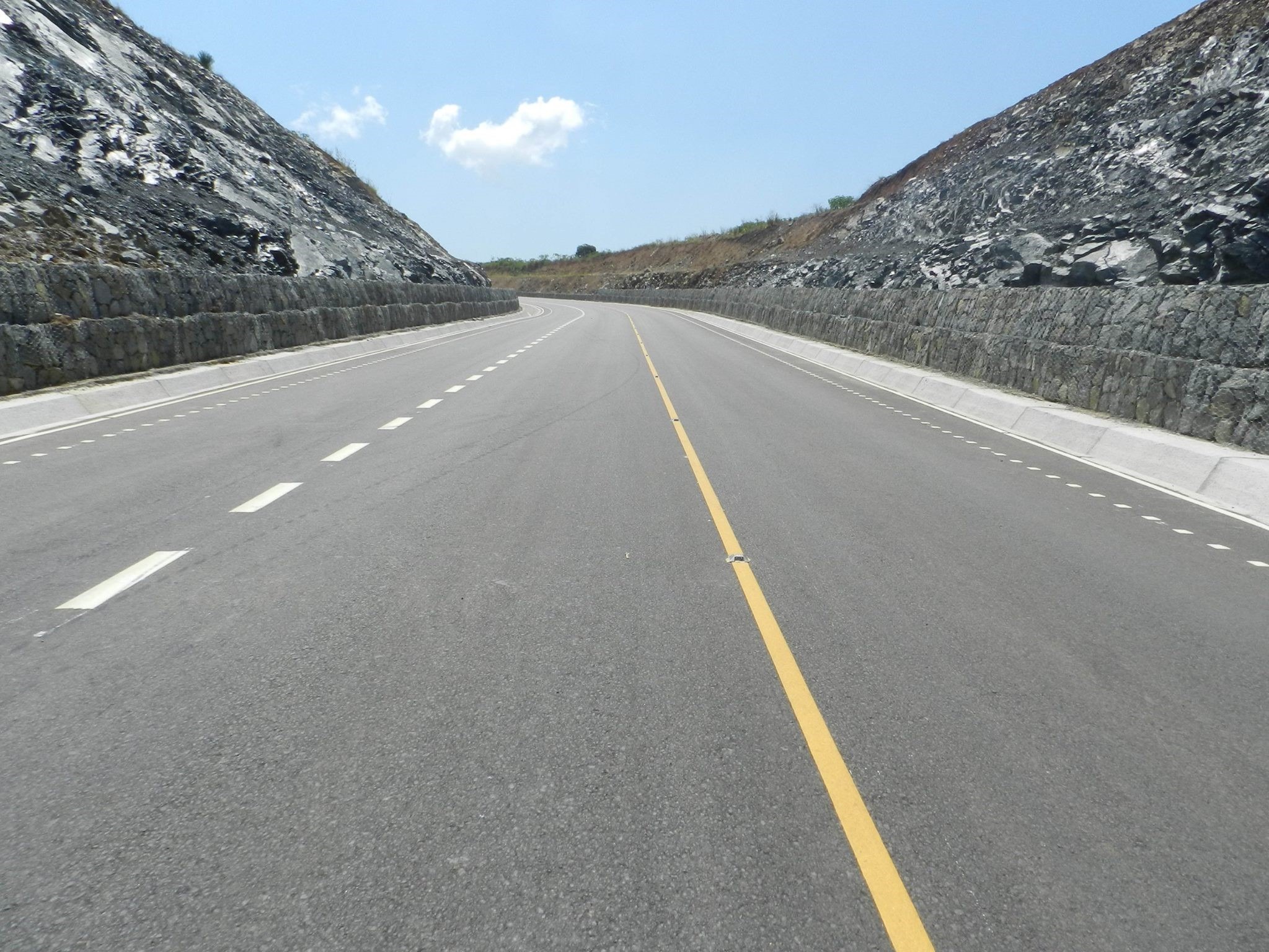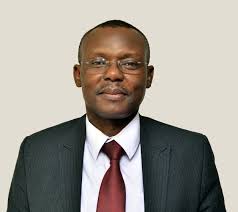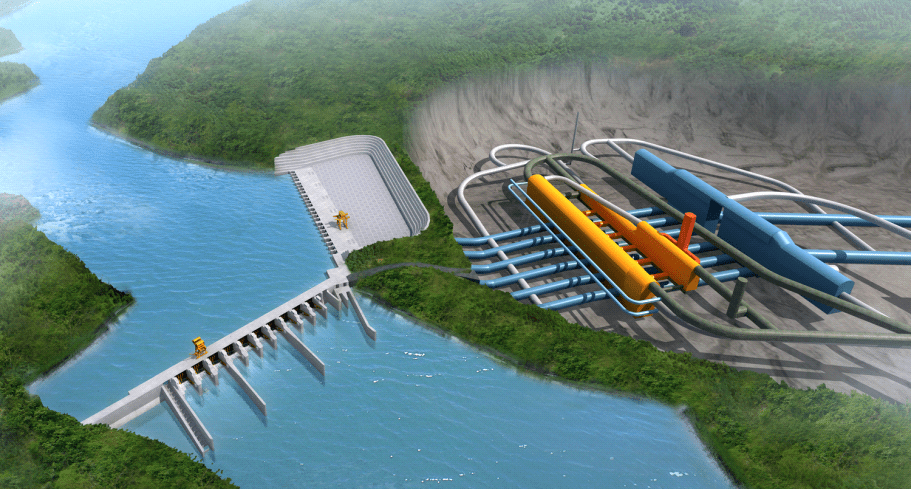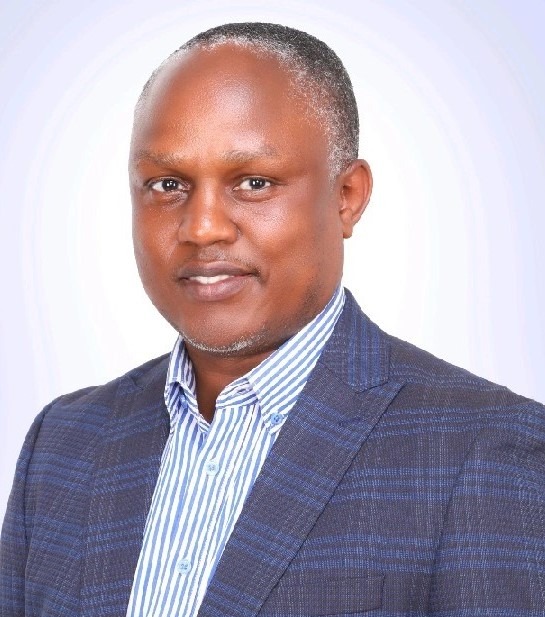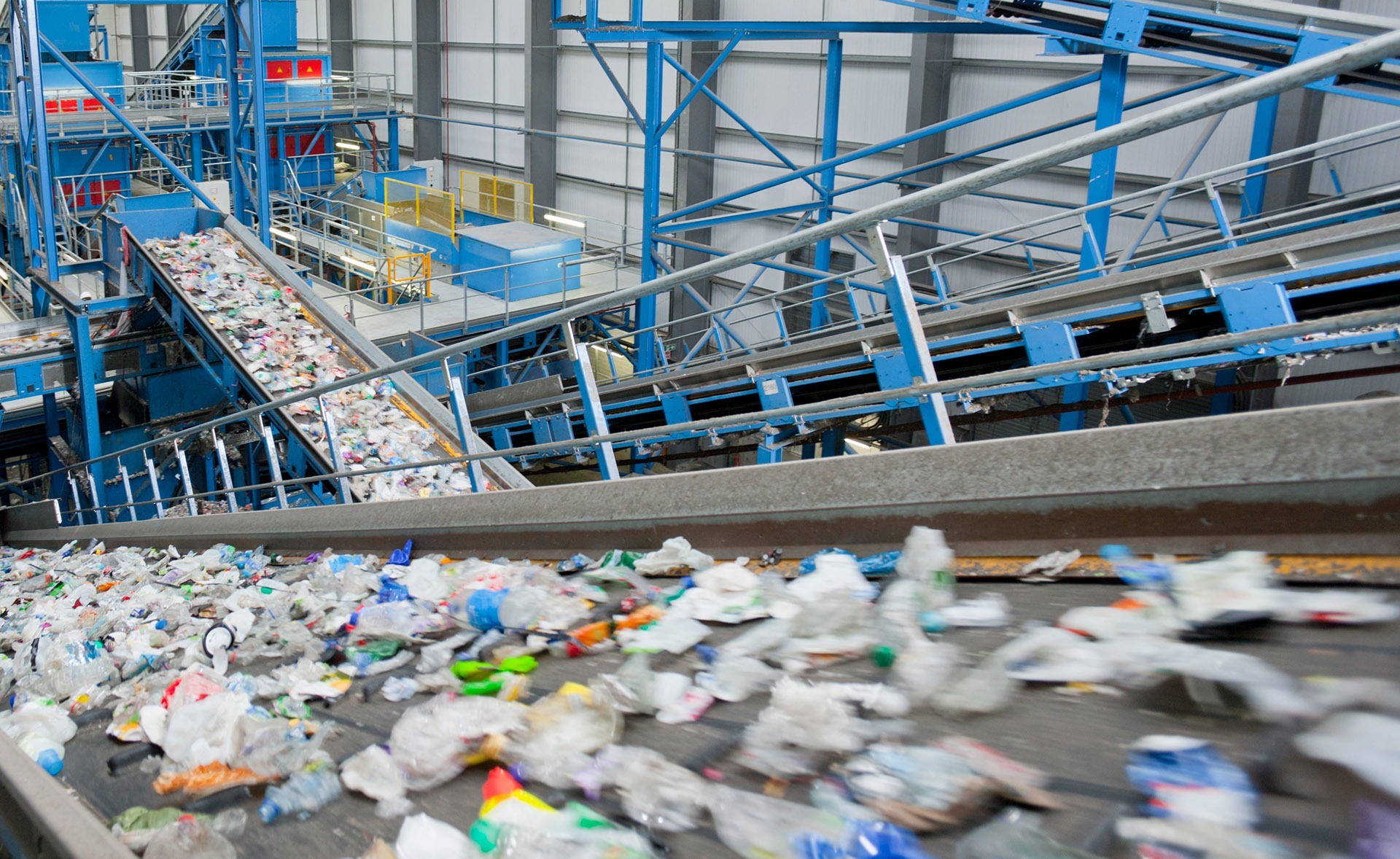Although Zhang Qian died over 2000 years ago, he remains famous in China. An adventurous imperial diplomat and envoy, Zhang is remembered for charting routes and traversing central Asia thereby opening China to the outside world.
Zhang’s exploits established a network of routes that eventually linked China to central Asia, the Arab world, Europe and Africa. Through these craggy routes, China started to trade with the rest of the world. Named after silk, China’s biggest export at the time, that road network was later dubbed the “Silk Road”.
With the numerous on-going roads, bridge and ferry construction works countrywide, Uganda is arguably in the process of building its own version of the “Silk Road” to facilitate trade and connectivity.
From Kampala to Yumbe through Arua and Koboko; from Kisoro to Kyenjojo via Mbarara, Bushenyi, Kasese, Fort Portal, and from Tororo to Moroto, Lira to Acholibur; there is a beehive of road construction activity.
The aim is to connect locally produced goods to the market – both internally and to the neighbouring countries – and to attract investors.
Analysis by The Infrastructure reveals that the country is actually adding good quality roads on its network – both in the rural and urban areas.
Although a lot more road remains unpaved, and some little failings remaining an eyesore in the roads sector, the country is still on the right track to achieve a modern road network.
A landlocked country, Uganda depends on roads to access the coast. Statistics from the Ministry of Works & Transport show that 95 per cent of all cargo freight in Uganda is transported by roads.
The railway system built nearly 100 years ago is decrepit, with one operational line – Mombasa-Kampala.
Airfreight is also limited with Entebbe airport recording just 21.7 metric tonnes of cargo (about 1 per cent of total national cargo haulage).
The roads remains Uganda’s transport lifeline. Thus, an improved road network will eventually lessen the cost of doing business in the country.
Although the government is investing to develop alternative modes of transport like the Standard Gauge Railway, air and water; road infrastructure remains major. Notwithstanding, the road network will play a vital part towards ascending Uganda to the middle-income status.
Dr. Michael Odong, executive director of the Uganda Road Fund, told a sector review workshop in September last year that Uganda road assets stand at 140,000km. Of these, 20,500km fall under the Uganda National Roads Authority (UNRA). Kampala Capital City Authority (KCCA) is responsible for 2,110km.
With 30,000km spread across 130 districts, 3,800km fall under urban areas in 41 municipalities; whereas 7,700km fall under 214 town councils.
The biggest proportion of road asset is the community roads, which is about 80,000km spread across the country’s 1,155 sub counties. The district local governments manage the community roads.
In UNRA’s 2017 annual progress performance report, executive director Allen Kagina said the agency’s target was to build up to 20,000km of first-class roads by 2025, but deliver an additional 200km to the paved road stock by 2020.
UNRA is also building bridges and ferries as over-water connections to the road network.
Completed roads
According to a 2017 UNRA report, the country had accumulated 4, 257km of paved road by the end of last year. In 2016/17 alone, 100km of paved road was completed. These came from the completion of Fort Portal-Kamwenge road and Ntungamo-Mirama hills.
Another 304km of paved roads was added on the network as part of the completed sections of the various on-going construction and rehabilitation works. Ten years earlier, in 2007/2008, Uganda boasted of only 2,875km of paved road, countrywide; meaning that within a period of about 10 years, the country’s stock of paved road has nearly doubled.
On-going improvement works
According to UNRA, there are currently 22 on-going road improvement/upgrade projects around the country.
Once complete, a further 1,143km of paved roads will be added onto the national grid. These include Bulima-Kabwoya (66km), Gulu-Olwiyo (70km), Gulu-Acholibur (78km), Acholibur-Musingo (86km), Mbarara bypass (41km), Kampala Northern bypass (17km), Ishaka-Kagumba (35km) and Kampala-Entebbe expressway (51km).
Others are: Mukono-Kyetume-Katosi-Nyenga (74km), Mpigi-Kanoni (64km), Kanoni-Ssembabule-Villa Maria (110km), Kyenjojo-Kaboya (100km), Kamwenge-Fort Portal (66km), Mubende-Kakumiro-Kagadi (110km) and bumbobi-Lwakhakha (45km).
The other roads where works are on-going, or at least contracted, are: Musita-Lumino-Busia-Majanji (104km), Moroto-Nakapiripirit (93km), Soroti-Katakwi-Akisim (100km), Ntungamo-Mirama hills (47km) and Akisim-Moroto (50km).
Rehabilitation works
Another 637km of paved road is expected from repair on roads that have outlived their lifespan. These include: Ntungamo-Katuna (65km), Mukono-Kayunga-Njeru (92km), Nakalama-Tirinyi-Mbale (100km), Namunsi-Sironko-Muyembe-Kapchorwa (65km), Nansana-Busunju (48km), Nebbi-Pakwach (30km), Iganga-Kaliro (32km), Fort Portal-Kyenjojo (52km), Hima-Katunguru (50km) and Ishaka-Ruganzi-Katunguru (140km).
Funded plans
By the end of 2017, UNRA had revealed other numerous road projects for funding. Financing had been successfully secured for the following roads whose works are expected to start this year (2018): Busega-Mpigi expressway (African Development Bank – ADB), Kapchorwa-Suam (ADB), Tirinyi-Pallisa-Kamonkoli-Kumi (Islamic Development Bank – IDB), Rwenkunye-Apac-Lira-Acholibur (IDB), Atiak-Moyo (European Union), Masaka-Bukakata (BADEA/OFID), Luwero-Butalangu (BADEA/OFID), Kampala Flyover (JICA) and the new bridge at Jinja (JICA).
The oil roads
In view of fast-tracking the production of oil by 2020, UNRA advanced construction of the key roads in the oil-rich Albertine region.
In total, 683km of road will be made, plans are in advanced stages and works due to start this year.
Bridges
UNRA has 519 major structures, comprising bridges and culverts on the national road network under its care.
According to UNRA by the close of 2017, construction of the following six bridges had been completed: Apak (Lira district), Manafwa bridge (Tororo-Mbale road), Goli and Nyagak (Nebbi district), Leresi bridge (Butaleja district), Kabaale bridge (linking Kyankwanzi to Ngoma in Nakaseke) and Aswa bridge on Lira-Kitgum border.
More 21 bridges are under construction including the second bridge over River Nile in Jinja, Kyanzuki on Kasese-Kilembe road and Lopei in Kotido, among others.
Ferry services
By the end of 2017, UNRA operated nine ferries linking various roads to water bodies. These are: Laropi (Moyo-Adjumani), Masindi port (Kiryandogo-Apac), Wanseko (Bullisa-Nebbi), Nakiwogo (Entebbe), Obongi (moyo-Adjumani), Kyoga 1 (Amolatar-Nakasongola), Kiyindi (Buikwe-Buvuma), MV Pearl (Masaka-kalangala) and MV Ssese (Masaka-Kalangala).
Two Ferries at Bukakata/Luku are provided and operated by Kalangala Infrastructure Services Ltd (KIS). KIS was contracted by the government to provide infrastructure services in Kalangala under a private public partnership arrangement.
Other on-going ferry development works are in Namasale Kyoga II and Buwenge-Kasilo-Kabermaido, among others.
The devil in the detail
While activities are seemingly moving well, observers say in spite of changes in management a few years ago, UNRA is still infiltrated by some ills. One of the main issues is the alleged work of lobbyists who are out to cut deals.
Sources told The Infrastructure that lobbyists work with insiders to fix deals and contracts. As a result, sometimes contracts are awarded to companies that lack capacity to execute projects, leading to delays, cost overruns and poor quality work.
In a number of instances, UNRA has had to cancel contracts. A case in point is the Rukungiri-Kihihi-Ishaha road, which was bedevilled by “administrative reviews” and constant appeals by bidders.
This forced UNRA to cancel the procurement process, despite the fact that a Chinese contractor had been selected to undertake the works.
The other prominent case is of Mbale-Tirinyi-Nakalama road which threw UNRA into a near crisis. The Infrastructure was told that in spite of allegedly doing a poor job on the Mbale-Soroti road, Dott Services still “won” the contract for the Mbale-Tirinyi-Nakalama road contract.
It is alleged that Dott Services delayed the works, and kept raising costs. When UNRA terminated the contract, they run to courts of law and to the presidency in what was seen as actions just to cause disruption. Subsequently, however, UNRA was reportedly forced by President Museveni to reinstate the Dott Services contract.
Another challenge is that due to high cost per km of constructing Ugandan roads, there is a shadow of doubt whether the return on investment will be achieved. According to the International Monetary Fund (IMF), every US Dollar spent on the road should generate growth value of USD 3 to the GDP. In the case of Uganda, both the World Bank and IMF have expressed doubt that the country will reap such dividends from her investment on roads.
While there seems to be several construction activities on the roads, the proportion under construction is tiny compared to what remains unpaved (over 80 per cent).




